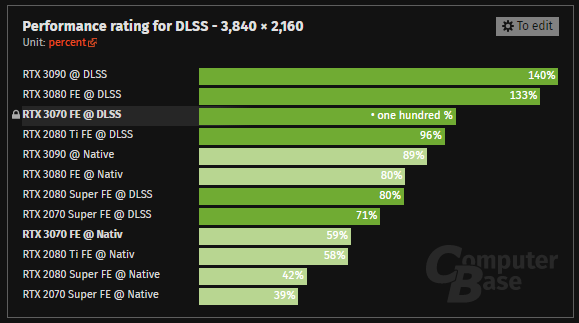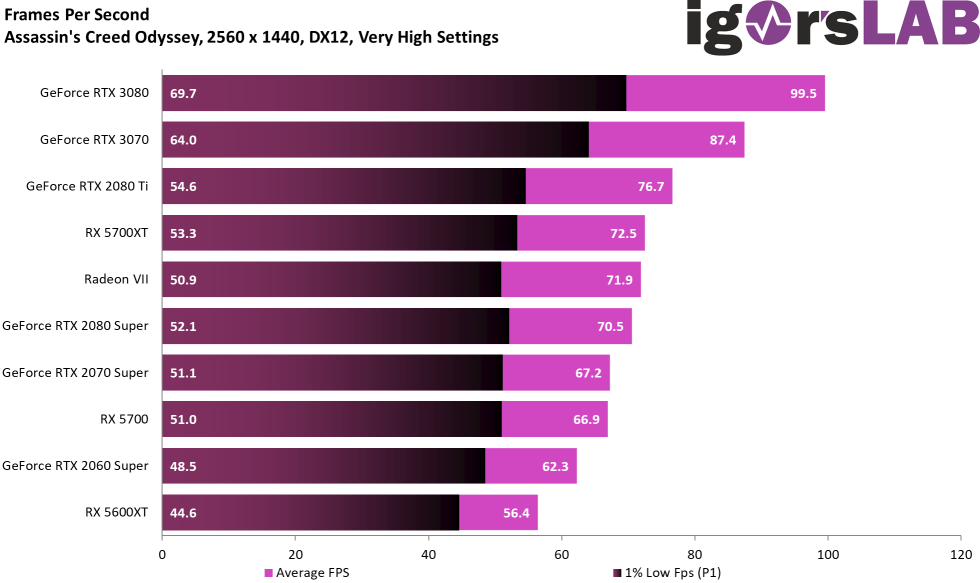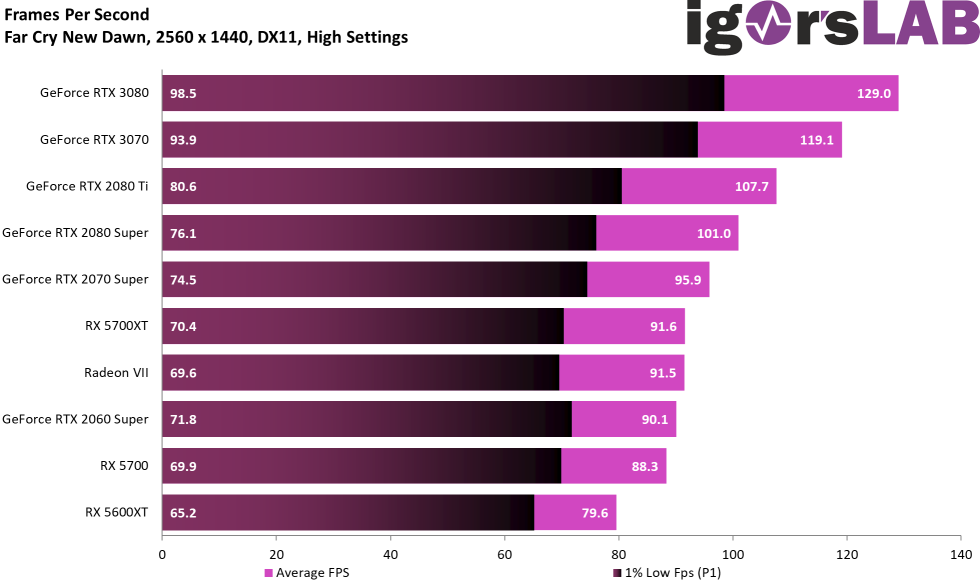For all the criticism of Ampere's efficiency, RTX3070 gives pretty much 2080ti performance, including path traced games like Quake2 rtx and minecraft rtx, and it does so with less power, fewer tensor cores, fewer RT cores, fewer TMUs and less memory bandwidth. It has more shader cores, more clock speed and more ROPs.
Leads me to believe, as most people have said, that RT performance is not bottlenecked by the actual RT core functions, but most likely by pure shader performance, where the 3070 has an advantage.
For a "non gaming" architecture, ampere is showing a very nice generational improvement with the 3070.
Leads me to believe, as most people have said, that RT performance is not bottlenecked by the actual RT core functions, but most likely by pure shader performance, where the 3070 has an advantage.
For a "non gaming" architecture, ampere is showing a very nice generational improvement with the 3070.






